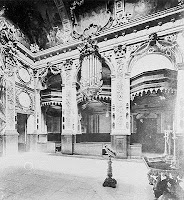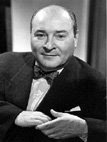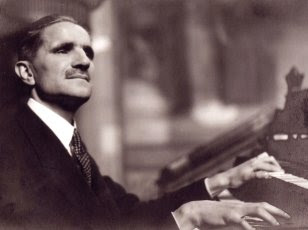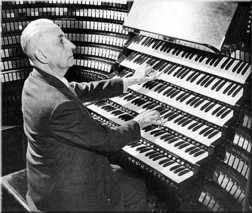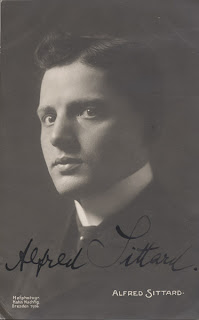Fernando Germani playing organ works by Johann Sebastian Bach from Alkmaar
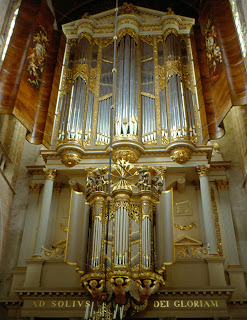
Even though I try to present a variety of different organists, the field of historical organ recordings often has its own life, where recordings surface and disappear. Fernando Germani recorded a great deal of music, and his recordings were released in quite big numbers and were well distributed worldwide due to his “big name” in the recording industry. In retrospect it’s therefore quite easy to aquire his recordings. That is why I am able to present the fourth release with him. This time it’s one of the LPs from his legendary recordings at the fabulous Schnitger organ in Alkmaar, Holland. Fernando Germanis organ playing is always great to listen to, but I would especially recommend his version of the Passacaglia, which in my opinion is one of the best ever to be put on record. It has the rythmical intensity and big lines typical for Germani coupled with a really fine sense for registrations. Some technical details; I could not find the exact release date and year for this recording, a...



